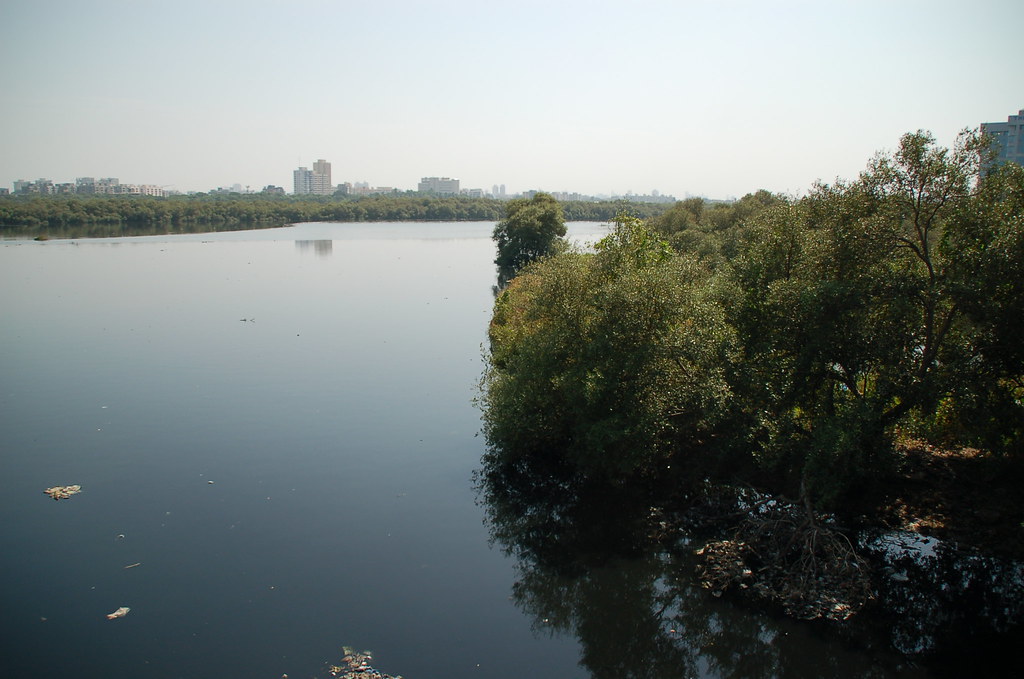
Olafur Eliasson, Tate Modern Weather Project, 2003
The weatherEliasson views the weather – wind, rain, sun – as one of the few fundamental encounters with nature that can still be experienced in the city. He is also interested in how the weather shapes a city and, in turn, how the city itself becomes a filter through which to experience the weather. ‘Every city mediates its own weather’, Eliasson has said. ‘As inhabitants, we have grown accustomed to the weather as mediated by the city. This takes place in numerous ways, on various collective levels ranging from hyper-mediated (or representational) experiences, such as the television weather forecast, to more direct and tangible experiences, like simply getting wet while walking down the street on a rainy day. A level between the two extremes would be sitting inside, looking out of a window onto a sunny or rainy street. The window, as the boundary of one’s tactile engagement with the outside, mediates one’s experience of the exterior weather accordingly.’ In The Weather Project, Eliasson has sought to bring a part of London into the building, and through the experience and memory of the work, a part of it is taken back out into the city by the viewer.
Experiencing the workThis project is linked to Eliasson’s fascination with the way museums mediate the reception of art. In a museum, visitors are offered an array of information before they even see a work of art – from the marketing poster and press reviews to the interpretation text panel on the walls of the gallery. Eliasson recognises that this information influences the experience and understanding of the work. In this project he decided to direct these less overt aspects of making an exhibition, so that the experience of the work would be left as unscathed as possible for the viewer. He conducted a survey of staff at the museum, posing a series of questions ranging from the everyday to the abstract (‘How often do you discuss the weather?’, ‘Do you think the idea of the weather in our society is based on nature or culture?’). The statistical data gathered from this study was then used in the promotional campaign for the exhibition. Instead of photographs of the work, simple statements about the weather can be seen on advertisements in magazines, taxis or on the internet. Eliasson carefully chose information which would not prejudice or influence the visitor’s expectation of the work of art: ‘I think there is often a discrepancy between the experience of seeing and the knowledge or expectation of what we are seeing’.
The way in which Eliasson’s works harness the precarious and fleeting aspects of the natural world might initially evoke the spiritual and emotional attachment to nature found in the Romantic tradition. Yet the transcendent experience at the core of this tradition is disrupted in Eliasson’s work by exposing the structure and apparatus delivering the installation: ‘The benefit in disclosing the means with which I am working is that it enables the viewer to understand the experience itself as a construction and so, to a higher extent, allow them to question and evaluate the impact this experience has on them.’ For this reason, as well as Eliasson’s subversive engagement with the construct of the museum, in The Weather Project there is the opportunity to walk behind ‘sun’ to see the sub-structure and electrical wiring, as well as the machines distributing the fine mist.
Eliasson’s impressive installation draws attention to the fundamental act of perceiving the world around us. But, like the weather, our perceptions are in a continual state of flux. The dynamic variations in the composition of the ephemeral elements of The Weather Project parallel the unpredictability of the weather outside, which despite the efforts and sabotage of humankind still remains beyond our control.
Source: http://www.tate.org.uk/modern/exhibitions/eliasson/understanding.htm








